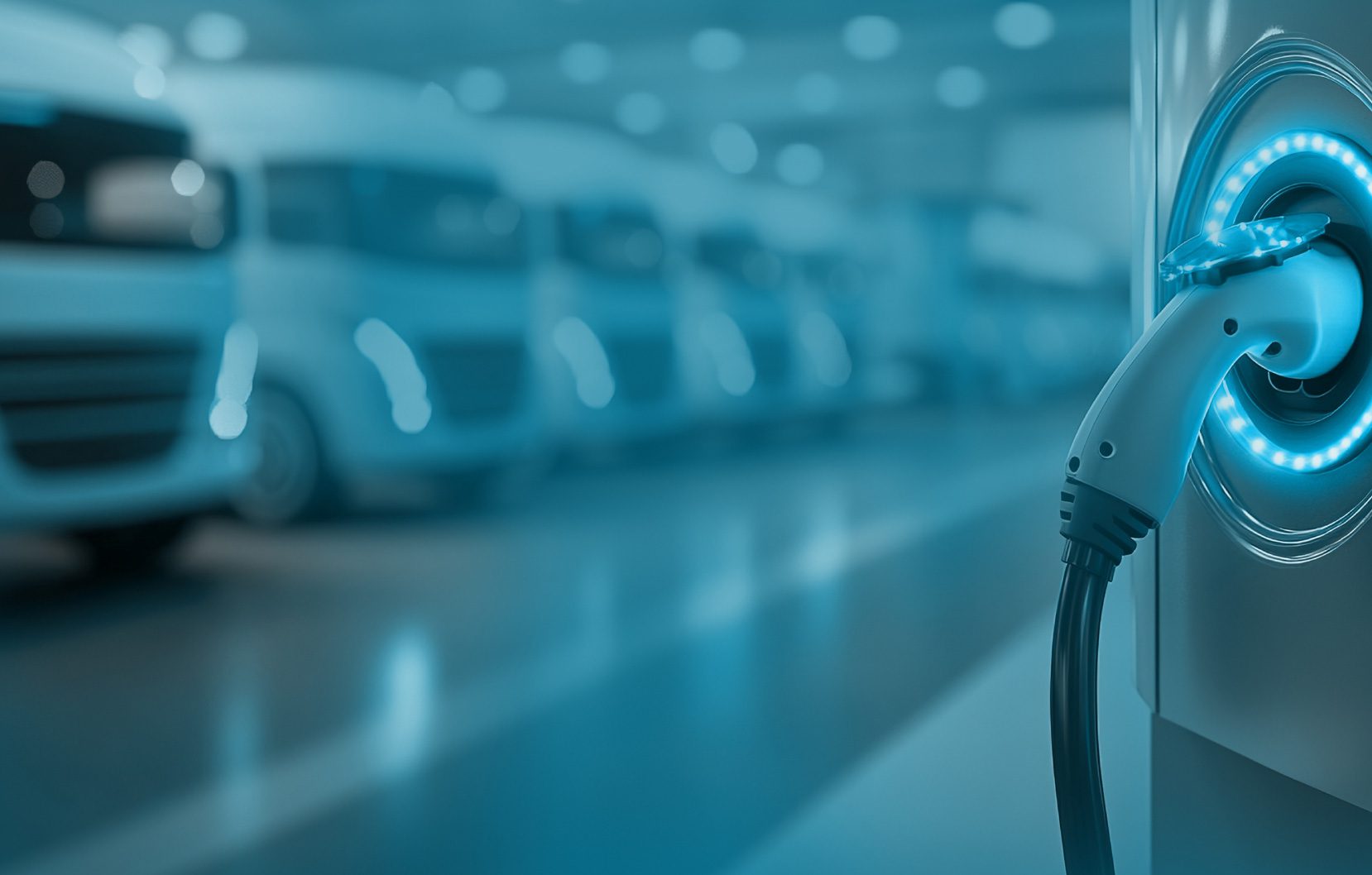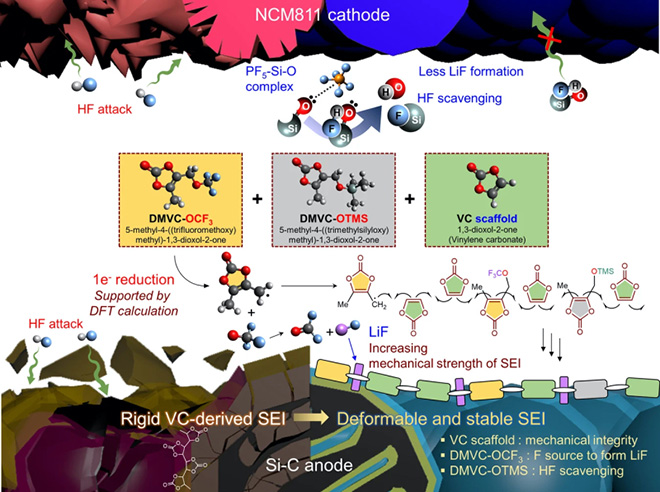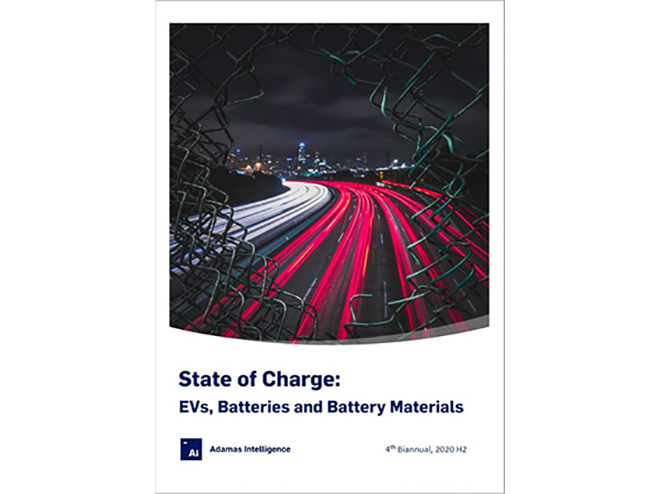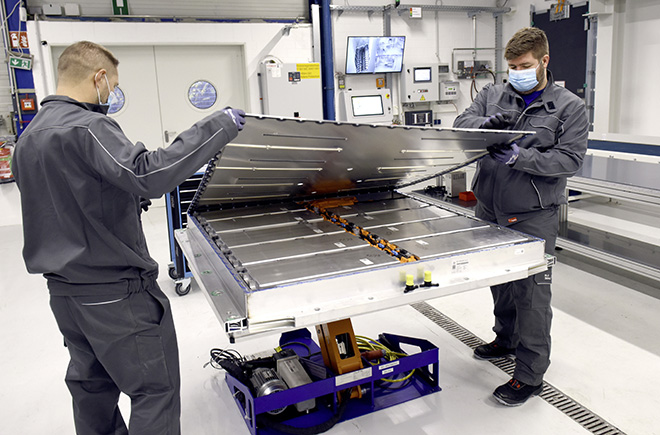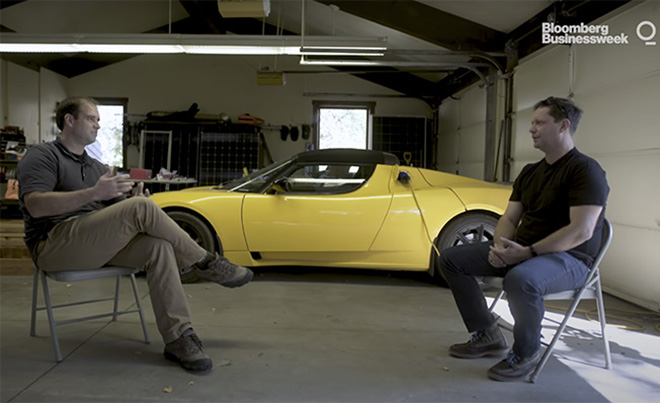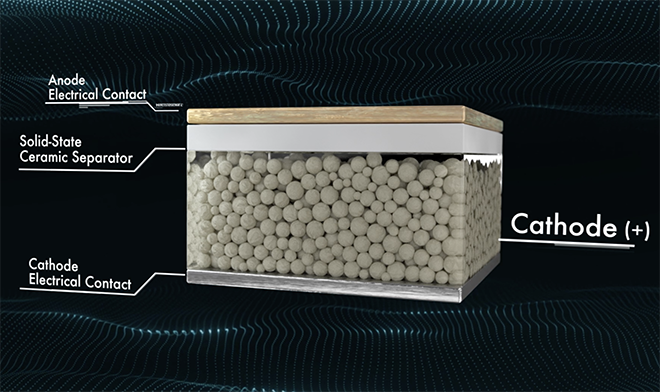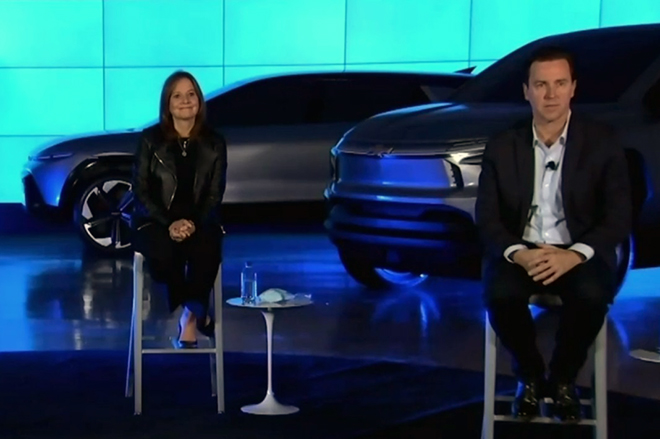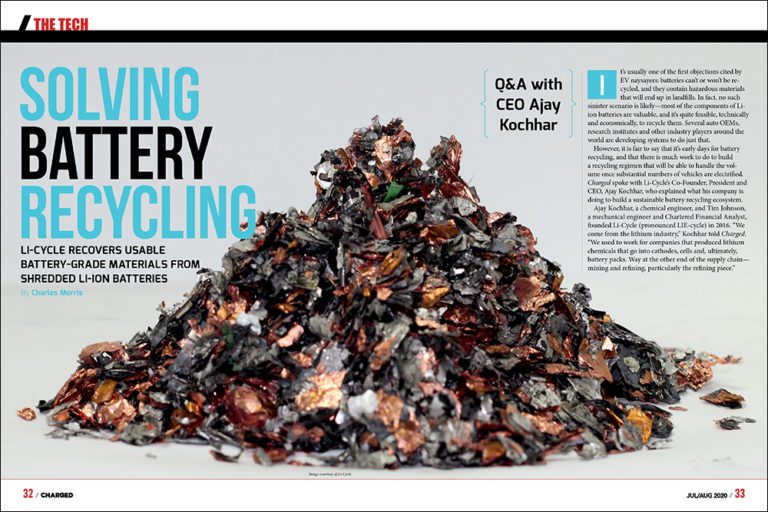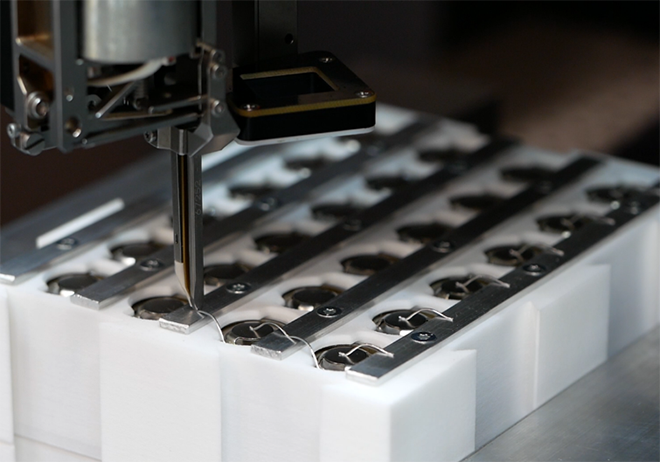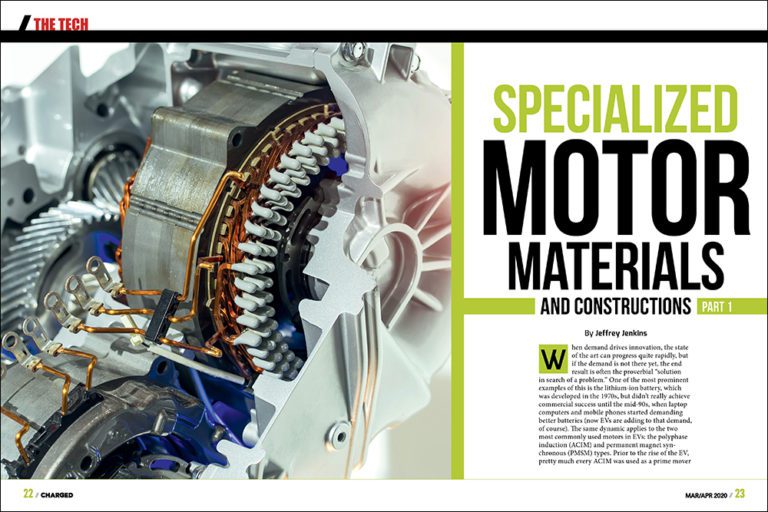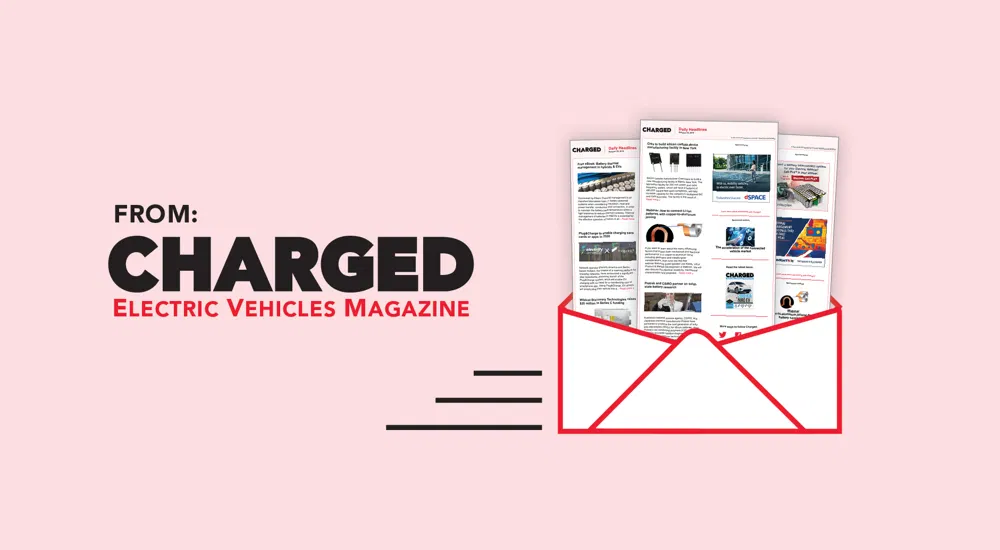Researchers at the Ulsan National Institute of Science and Technology (UNIST) in Korea say they have developed an electrolyte additive that enables a high-energy-density Li-ion battery to retain more than 80% of its initial capacity, even after hundreds of cycles. In a paper published in Nature Communications, the scientists reported that when the substance was… Read more »
Search Results Found For: "lithium metal"
New report assesses the state of the global battery market
In its latest biannual report, Adamas Intelligence provides an overview of the global EV market over the past half-year (2020 H2) and its implications on the battery and battery materials supply chains. Among the findings: In 2020 H2, global passenger EV registrations grew by 58% versus the same period the year prior, amounting to 3.53… Read more »
VW begins battery recycling pilot
Volkswagen has opened its first EV battery recycling facility to recover raw materials such as lithium, nickel, manganese and cobalt in a closed loop, together with aluminum, copper and plastics, achieving a recycling rate of more than 90% over the long term. The unique feature of the plant in Salzgitter, Germany is that it only… Read more »
JB Straubel gives a tour of Redwood Materials’ battery recycling operation
Despite what the anti-EV brigade would like you to believe, recycling lithium-ion batteries is quite feasible both technologically and financially, and several companies are doing so right now. One of these is Li-Cycle, which was featured in the July/August issue of Charged. Another is Redwood Materials , which has gotten a lot of press coverage… Read more »
With backing from VW and JB Straubel, QuantumScape stands out from the crowd of new EV stocks
Electromobility companies are going public at a pace that recalls the dot-com frenzy of the 1990s. Yes, history will probably repeat itself to a certain extent—some of these firms will go belly-up, but others will eventually grow into successful and influential players. One that seems particularly promising is QuantumScape, a California developer of solid-state lithium-metal… Read more »
GM teases future electric Chevy crossover and pickup, invests more in EVs
General Motors CEO Mary Barra said Thursday the company is accelerating its electric-vehicle efforts, pulling forward the schedule on many future launches, and expanding the number of EV models it sells globally to 30 by the end of 2025—a larger number than the dozen future EVs shown to journalists in a no-cameras presentation in March…. Read more »
Li-Cycle recovers usable battery-grade materials from shredded Li-ion batteries
Q&A with CEO Ajay Kochhar It’s usually one of the first objections cited by EV naysayers: batteries can’t or won’t be recycled, and they contain hazardous materials that will end up in landfills. In fact, no such sinister scenario is likely—most of the components of Li-ion batteries are valuable, and it’s quite feasible, technically and economically,… Read more »
Design guidelines for wire or ribbon bonding of cylindrical cells in battery packs
Sponsored by Hesse Mechatronics By Mike McKeown and Dr. Dirk Siepe, Hesse Mechatronics Wire bonding cylindrical battery packs is becoming more mainstream in the alternative energy market these days. This article will review the design guidelines for how to successfully implement a wire or ribbon bonding process for battery packs using cylindrical lithium-ion cells. It… Read more »
Specialized motor materials and constructions (Part 1)
When demand drives innovation, the state of the art can progress quite rapidly, but if the demand is not there yet, the end result is often the proverbial “solution in search of a problem.” One of the most prominent examples of this is the lithium-ion battery, which was developed in the 1970s, but didn’t really… Read more »
USA Rare Earth acquires permanent magnet manufacturing capability
USA Rare Earth has purchased the neodymium iron boron (NdFeB) permanent magnet manufacturing equipment formerly owned and operated in North Carolina by Hitachi Metals America. Demand for rare earth magnets is being driven by plug-in vehicles (electric motors and batteries), wind generators (direct drive generators), medical devices (personal vital sign monitors and medical imaging machines)… Read more »

